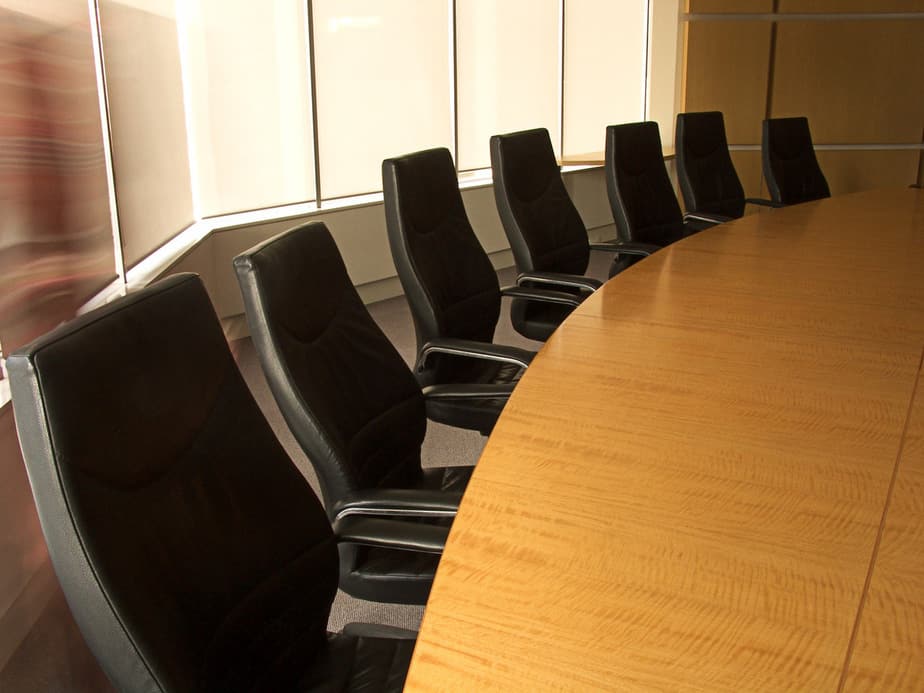- Start the meetings on time, every time. Practice good time keeping habits by starting on time, keeping to time limits for agenda topics and ending on time. This means that sometimes you will need to begin your meetings before all the participants are present. Don’t accept comments from those who are late when they arrive. If you get into the habit of waiting for people to arrive, you will encourage regulars to come late, as they know the meeting will not start on time. Ending on time is respectful to all participants of the meeting. People will learn soon enough to be on time.
- Keep track of time, or appoint a timer and make sure s/he does the job effectively. If contributions are to be time-limited, enforce the limit. If one person regularly ignores that limit or has a tendency to meander on discussions, a timer must call time. In some meetings, a bell or tap on the table with a pen, has proven to be effective. Overstepping the time boundaries is seen as taking advantage over those who respect the meeting’s structure and can cause the meeting to run late, so affecting other people’s schedules.
- Define the purpose of your meeting. Take a step back and think about why you need to have the meeting. A clear definition of purpose will lead you to a clear structure for the meeting. Some common purposes are: communication of information, problem solving, decision making, strengthening relationships, building alignment, and sharing best practice. Make sure that all participants understand and buy-in to the purpose of the meeting.
- Stay focused. Send out an agenda before every meeting, no matter how small. This allows attendees to prepare for an effective contribution. Irrelevant topics will always crop up, especially as the number of attendees increases. Stay in control of the meeting and keep everybody focused on what you’re trying to do.
- Create a ‘parking lot’ for other issues. Some issues, while not appropriate to your specific meeting, do need to be dealt with. When these issues come up, take note of them and handle them after the meeting.
- Start your meeting with the most important items. Often, particularly in regular meetings, reports take up the first part of the meeting – even if the reporters have little to say – leaving too little time to discuss the most important matters.
- Set the tone. As the leader of the meeting you set the tone and model the desired behaviour. Are you formal or informal, light hearted or serious? Each of these styles will set a different tone. The leader needs to show each participant, that they are being listened to and respected. A warm genuine approach will facilitate cooperation and collaboration
- Don’t tolerate side-talking. For some reason, some people believe that when they speak to their neighbour during a meeting, no one else can hear them. In fact, this behaviour is both rude to whomever is legitimately speaking at the time, and is distracting to other participants in the meeting. It is the job of the person presiding over the meeting – not necessarily the person who is speaking at the time – to stop this. Examples of appropriate comments at such a time include, “One meeting at a time, please.” “If this is urgent, can you take it outside, please?” “No side-taking allowed.” Another response can be for the speaker to stop speaking and simply look at the offenders while waiting for the side-talking to end before resuming the meeting’s official business.
- Balance control and flexibility. Run the meeting, but do it with balance. Your role is to keep the meeting on track, moving towards achieving its purpose and agenda. But be flexible enough to explore a new idea or approach even if at first it does not seem to move towards achieving your objectives. Have fun and encourage people to communicate in an appropriate but playful way. A serious idea does not have to be heavy hearted and morose. Laughter is an energising force. Contrary to old-school beliefs, time is not necessarily wasted by adding levity and humour.
- Review and evaluate. On a regular basis review and seek feedback on how well the meeting is being received and if it is achieving its purpose. If it is not, try a different approach using the techniques above. Alternatively consider bringing in a professional coach / facilitator to intervene.
How To Have Effective Meetings

